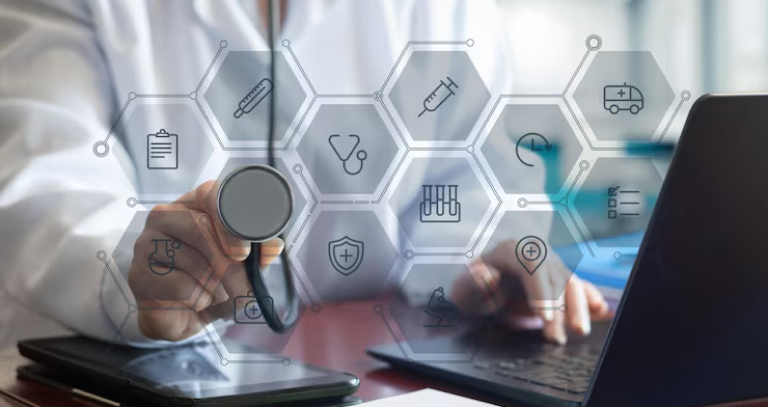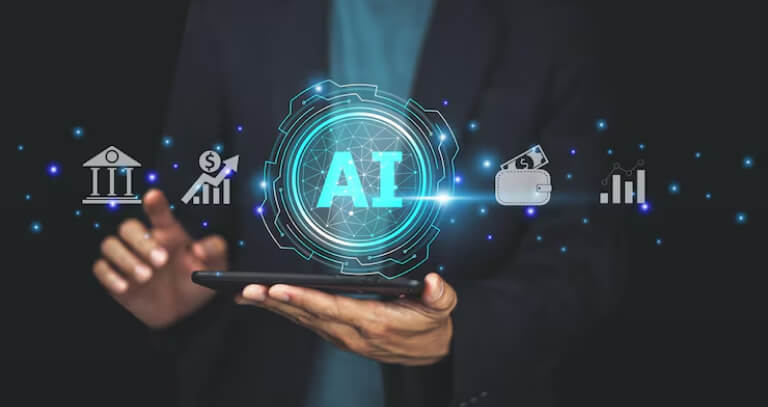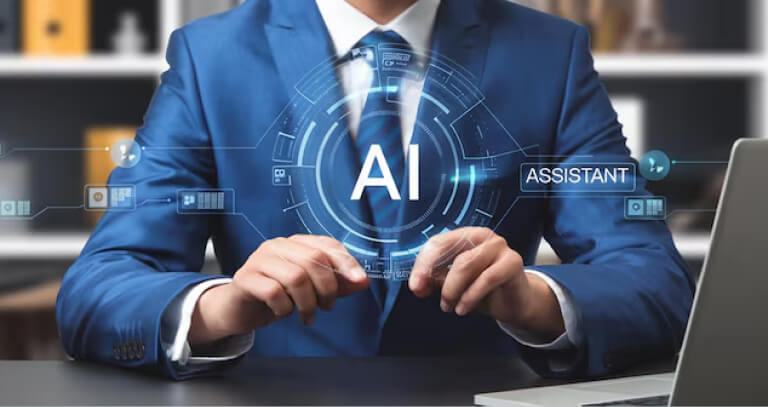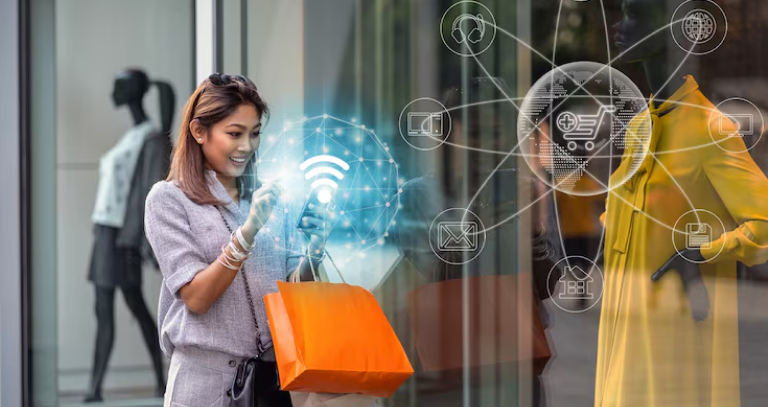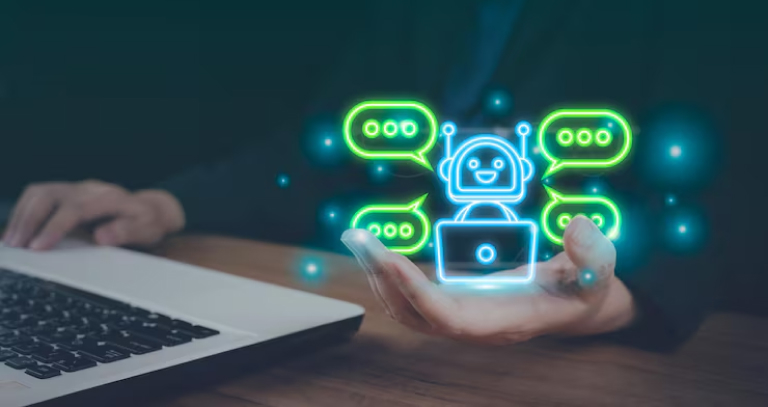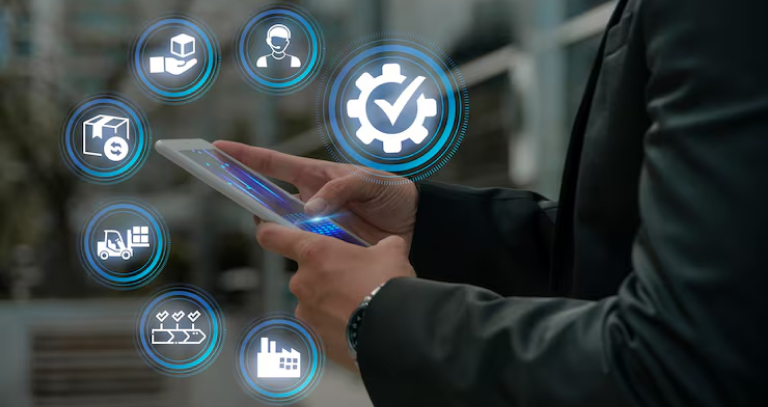Real World IoT Public Safety Use Cases
Ditstek Blogs
In the age of technological innovation, IoT is revolutionizing public safety in smart cities. The integration of IoT into public safety in urban and semi urban areas, helps in emergency response, promote predictive policing, and develop other security measures for public safety.
IoT devices equipped with sensors collect data which is processed by a software to create useful insights for response teams and law enforcement agencies which they use to provide public safety in cities and high security areas. This article attempts to share IoT public safety use cases and how (Internet of Things) is changing emergency management and crime prevention across the world.
Smarter Surveillance Starts with Intelligent IoT Software!
Boost your public safety capabilities with custom-built surveillance solutions that detect threats, track activity, and respond in real-time.
Use Cases of IoT in Public Safety

Although there are multiple applications of IoT across industries, it plays a vital role in public safety for improving safety of cities and communities. IoT helps automate responses to improve situational awareness. Security and law enforcement agencies make use of this technology to create proactive measures like early warning systems, and security protocols for potential threats to public safety. IoT technology and devices are used in various situations. Let us explore some common use cases of IoT for public safety.
Faster Emergency Response
Situations like accidents and disasters require response teams and rescue teams to respond quickly, for which accurate real time data is needed. The IoT devices fetch real-time data from sensors, wearables, and other devices and share it with first responders.
In an emergency, IoT devices can automatically alert emergency services and provide critical information such as location and severity, which helps in the allocation of resources for quick response, decision-making and execution.
Proactive Crime Prevention
IoT helps police, and law enforcement agencies to prevent crime in urban areas. It develops law enforcement with the potential for data-driven predictive policing. Taking into consideration historic crimes, sensor data, and social media, IoT algorithms help law enforcement agencies pinpoint potential areas of crime occurrences.
However, IoT devices don’t work without software. They make use of IoT software to process the information collected by sensors and process it to formats like images, videos and text data for direct
use by police and security agencies. Using software also helps integrate IoT with other devices and make IoT device management easier.
With the knowledge of potential areas for crime, police and security forces can prevent the occurrence of crime in potential locations. Hence, this allows better strategic deployment of resources to deter undesired activities and make crime prevention more proactive.
Advanced Surveillance and Analytics
Smart camera systems with advanced video analytics assists and supports public safety to a very high degree. Systems recognize suspicious behavior, recognize license plates, and track individuals involved in suspicious activities. Law enforcement agencies identify suspicious persons via targeted responses.
IoT enabled devices make use of surveillance software to recognize suspicious activities, individuals and license plates. Surveillance systems are also used in logistics industry for IoT powered fleet management and inventory management. This software is designed by expert IoT developers who are specialized in building solutions for surveillance and security.
IoT developers at Ditstek Innovations offer IoT software solutions for surveillance and security agencies which helps them prevent crime in potential areas and also offer public safety in required locations.
Safety for First Responders
Safety is crucial not only for the public, but also for first responders, as they are the people that risk their lives for the safety of others. They use a variety of devices like protection suits, helmets, search lights and other equipment for their safety. In addition, they use wearable IoT devices which collect information about incidents and send them to control rooms for further action.
Wearable IoT devices are important for firefighters, police, and paramedics. These tools monitor vital signs and environmental conditions and facilitate team communications in real time to improve situational awareness, coordination, and the safety of front-line personnel.
Promote Community Collaboration
IoT also promotes greater involvement within communities. Mobile applications, smart kiosks, and community sensors allow residents to easily report incidents, share information, and receive updates from authorities. Such two-way communication strengthens partnerships between the public and safety agencies.
The communication between public and safety agencies is done by IoT devices as mentioned above, which makes use of AI software developed by expert development teams. In addition to IoT the software used in these devices has AI and communication capabilities which processes data quickly and produce useful information to be used by security agencies. AI Software development experts regularly update these solutions to ensure they work with the evolving situations of public safety.
Threat Detection
In a smart city, threat detection operates on a highly advanced level supplemented by AI algorithms and extensive IoT sensor networks. The security systems continuously monitor the urban environment for risks and vulnerabilities, allowing for the real-time identification and sometimes prediction of threats, which may include criminal activities, natural disasters, or infrastructure failures.
AI algorithms analyze huge streams of data that originate from sources such as surveillance cameras, environmental sensors, traffic monitoring systems, and even social media feeds. They accomplish this through pattern recognition and detection of anomalies from normal behavior, abnormal environmental situations, or general norms and strongly suggest something suspicious, a threat.
Facial Recognition
Smart city security with facial recognition uses conjoined AI algorithms to check and identify individuals being captured by the large network of surveillance cameras of the city. These cameras are integrated within the IoT network, allowing real-time monitoring and analysis of the video feed.
The technology has various security applications such as identifying known criminals or suspects and analyzing movements within crowds in order to detect unauthorized persons entering restricted areas and ensuring public safety during grand events.
As every face is different, these systems need to be highly accurate to detect the faces precisely. Any organization looking to build facial recognition software need to hire IoT developers with the relevant expertise and knowledge of the IoT as well as artificial intelligence.
Smart Traffic
Intelligent traffic solutions in smart cities not only keeps drivers and pedestrians smarter, but it also assists first responders with quicker arrival times to emergencies. Every year, there are 1.3 million deaths from automobile accidents around the world. But roads can be made safer with intelligent transportation systems (ITS).
For example, smart traffic signals use AI to collect data, detect spots where accidents occur frequently and adjust the lights accordingly for an enhanced safe smart city. Also, these solutions are able to detect structural defects on bridges and roads to prevent blunders. In addition, 5G's ultra low latency and high speed can help traffic managers with real-time analysis. In an emergency, ITS can give first responders and law enforcement priority for templated routes.
Smart Streetlights
Smart streetlights light the path to reduced criminal activity and increased energy efficiency for smart cities. Intelligent streetlight systems can help create safer cities.
Additionally, IoT smart street lighting systems are customizable. LED lights can be set to dim to assist first responders or ramped up for visibility in high traffic areas. These smart LEDs can detect outages for responsive repairs to remove barriers that lead to surges in crime.
Public Warning Systems
Public warning systems represent another category of applicable IoT public safety use cases that aid in the notification of, and response to, large events, such as a natural disaster. Getting the public notified as soon as possible is imperative. IoT sensors can be rapidly accessed for an early warning system through linkages to public displays, billboards, connected vehicles and mobile phones.
For example, as a hurricane approaches, an early warning system can scan the data from IoT devices and sensors to assist with evacuation assuming the data and information reported is accurate.
Automated Emergency Response
Roadside sensors that can detect ground fog can be tied in with temperature sensors, dew point and autonomously detect an environment that has low visibility. As inputs are used with an IoT software application, programmatically you can automatically or trigger a state to flash "go slow" on digital display signs displayed on a mountain road.
If a sensor reported a leak of carbon monoxide, the gas pipe could be turned off automatically. This is an example of another automated emergency response that will demonstrate the added safety benefits of a productive IoT program in public safety.
Crowd Management
This process involves ensuring the safety of all persons in busy public places like busy streets, shopping districts, and transportation terminals. The security personnel would find it near impossible to keep track of every individual in large crowds and recognize a security threat, such as a concealed weapon or an explosive device.
In a smart city, various IoT sensors can be deployed by security personnel for monitoring. For example, scanning devices can pinpoint the presence of particular objects and can even determine the shape of such objects made of selected materials, theoretically even when concealed. Real-time analysis of this scanned data picks out potential threats through specific AI algorithms, thereby significantly enhancing secured crowd management.
IoT-Driven Safety Systems Built for the Future!
From urban surveillance to disaster response, we create IoT solutions that protect and evolve with your ecosystem.
How DITS Can Help with IoT Software for Public Safety?
Ditstek Innovations has been offering IoT software development services for over a decade to international clients. With a team of more than 100 software developers with years of experience in software development, and high client retention, DITS is a company you can trust.
At DITS, we have worked on and successfully delivered multiple IoT projects with 100% client satisfaction. Our experienced developers have expertise in developing IoT software for customized to various applications.
We offer multiple engagement models, with 100% project transparency and on time delivery. At DITS, we not only develop and deploy our solution, but also offer ongoing maintenance and support to ensure the software works as intended and serves its purpose. If you are looking to develop IoT software, you can visit our website and fill the contact form, and our team will get back to you shortly.
Conclusion
IoT plays a crucial role in public safety as it offers faster emergency response, proactive crime prevention, using IoT devices for advanced surveillance and security. Law enforcement agencies and security companies are making full use of IoT technology to protect people and communities in public places and crowded events.
However, the effectiveness of these devices and surveillance systems depends on the software that processes and communicates the information as a part of overall IoT device management. Smart devices equipped with IoT collect the data and AI processes it to meaningful insights that are used by security companies to improve the security of public and communities. Advanced IoT devices combined with effective software solutions enables us to create a more safe and secure environment for individuals and communities.
FAQ’s
Q1: What is IoT, and how does it relate to public safety?
The Internet of Things (IoT) refers to an interconnected network of physical objects that are embedded with sensors, software, and other technologies for communication with respect to data collection and sharing. In the arena of public safety, IoT facilitates real-time monitoring, data analysis, and emergency response. These include smart cameras, environmental sensors, and connected alarms-those devices that can serve in quickly identifying an incident, coordinating resources, and protecting communities.
Q2: Could you give a few illustrative examples of IoT applications for public safety?
Sure! Real IoT applications for public safety are smart surveillance systems utilising AI-based cameras to spot unusual activities, connected smoke and gas detectors that can alert emergency services immediately, and smart wearables for first responders that monitor vital signs and location in real-time. In the meantime, IoT sensors in public places can monitor air quality or structural integrity of infrastructures, putative to eliminate hazards before they inflict damage.
Q3: How does IoT improve emergency response times?
IoT speeds up emergency response time by providing instant data and situational awareness to responders. For example, smart sensors can be calibrated to detect accidents or disasters and issue alerts to the closest emergency dispatch center. GPS tracking in real time of emergency vehicles and personnel aids in solving the routing and coordination of such events. This type of connection ensures that help reaches the needy faster and more efficiently than the traditional way.
Q4: How do communities benefit from public safety initiatives driven by IoT?
Communities benefit from IoT-driven public safety initiatives through increases in security, faster emergency response, and improved quality of life. Using IoT, accidents can be prevented, crime rates can be lowered, and environmental hazards can be detected and communicated in time to make neighborhoods safer. On the other hand, data gathered by IoT devices may be used to inform policymakers and emergency planners, ensuring improved allocation of resources and preparation strategies according to the exact needs of the community.

Dinesh Thakur
21+ years of IT software development experience in different domains like Business Automation, Healthcare, Retail, Workflow automation, Transportation and logistics, Compliance, Risk Mitigation, POS, etc. Hands-on experience in dealing with overseas clients and providing them with an apt solution to their business needs.
Recent Posts
Get in touch

